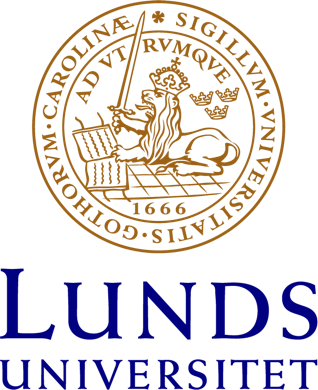2012-02-16
Constructions, Conflations and Confusions: Mapping Patterns and the Cognitive Linguistic Typology of Motion Events
Chris Sinha and Jordan Zlatev (Centre for Cognitive Semiotics [CCS], Lund University)
Talmy’s influential motion event typology (e.g., Talmy 1985, 1991) classifies languages on the basis of the patterns of lexical conflation, or co-lexicalization, of semantic participant roles (Figure, Ground, Motion, Path and Manner) of the motion construction. We raise some critical questions about the exclusive focus in this typology on the mapping pattern of conflation, and about the presupposition (shared with most other typologies) that typological categories apply at the level of languages. Our main points can be summarized as follows:
Conflation is not the only relevant phenomenon underlying differences in lexicalization patterns. Equally ubiquitous in the language of space and motion is a complementary phenomenon, which Sinha and Kuteva (1995) term distributed spatial semantics) and which is key to the theoretical framework of holistic spatial semantics (Zlatev 2003). In conflation, more than one participant role is mapped to a single lexeme/morpheme; in distribution, one participant role is mapped (obligatorily or optionally) to more than one lexeme/morpheme.
There is disagreement in the literature over the extent to which languages that employ serial verb constructions can be accommodated within the Talmian typology (Slobin, 2004; Zlatev and Yangklang, 2004; Talmy, 2009). We shall argue, using analyses of Amondawa (a Tupi language of Amazonia; Sampaio, Sinha and Silva Sinha, 2009) and Thai (Zlatev & Yangklang, 2004), that the resolution of this controversy requires taking account of distribution as well as conflation patterns.
Finally, we shall argue (using examples from English, French and Swedish) that motion event typology can best be thought as applying at the level of construction type, with languages being located in a multi-dimensional space of variation ecompassing both conflation and distribution.
